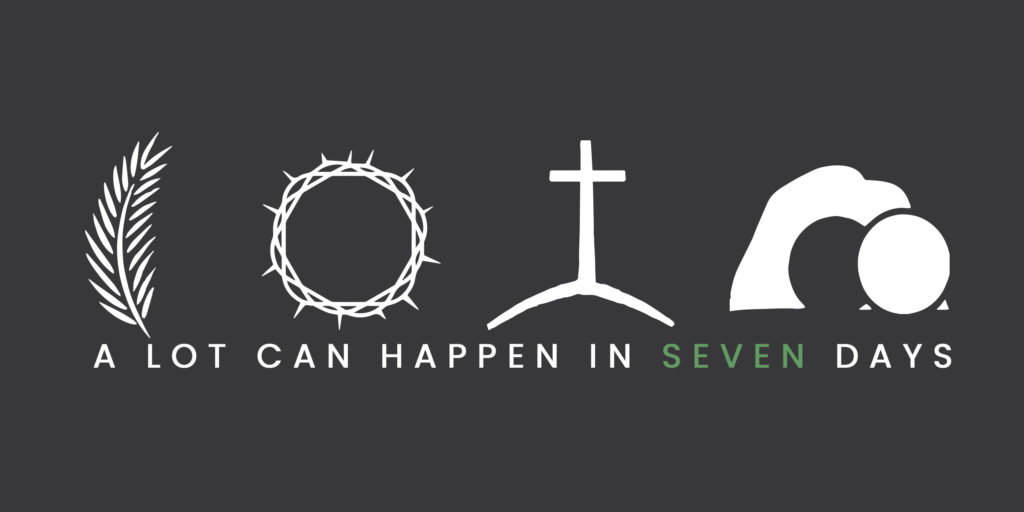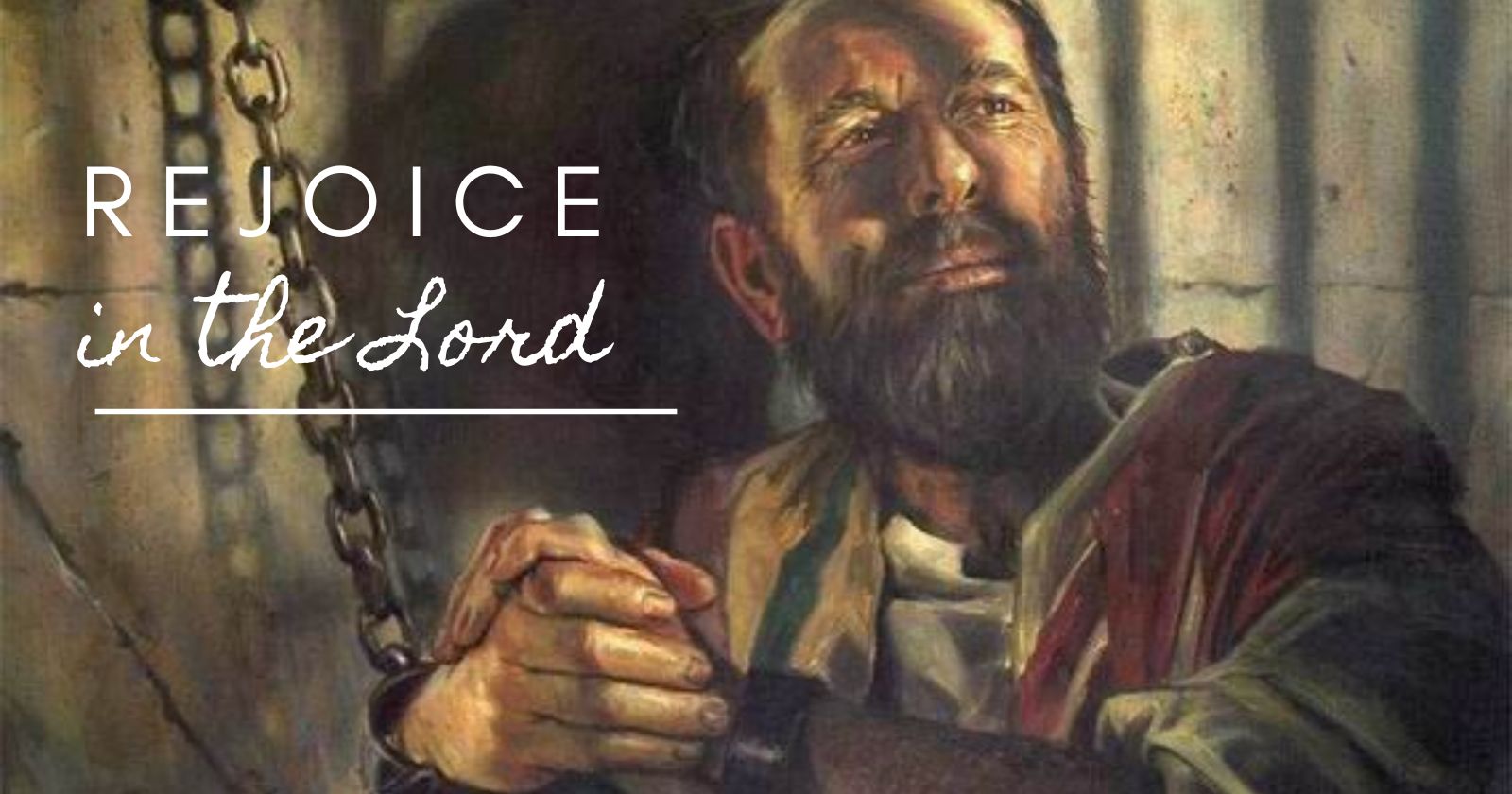Recently, I read a story about a Sunday School teacher (see The NIV Application Commentary: Matthew by Michael J. Wilkins) who decided to quiz her preschool class and find out what they learned and remembered about Easter. The first student she asked stood up and explained that Easter is when all the family comes together, they eat a big turkey and watch football. The teacher thought the child might be confusing Easter with Thanksgiving and asked a little girl from the class to explain the correct answer. But to her surprise, the girl answered that Easter is the day you come down the stairs in the morning and find all the presents under the tree. At this point, the teacher was starting to feel discouraged that none of her students seemed to remember what Easter was. She called on a young boy sitting across the room who raised his hand. The teacher was taken by pride and joy when the boy explained that Easter was the time when Jesus was crucified on a cross and buried. “Finally! At least one of my students understood and remembered the true meaning of Easter.” And just then the little boy continued and added, “And then Jesus came out of the grave, and if he sees his shadow, we will have six more weeks of winter.”
As adults, we certainly do not confuse Easter with Thanksgiving, Christmas or Groundhog Day. Yet, we sometimes overlook the true importance and impact of the Holy Week’s events. We might consider the Holy Week events as purely spiritual and symbolic, or perhaps historical and unique to the life of Christ. In reality, these events chart and map our own journey of faith, spiritual struggles and joys. The Holy Week’s spiritual map reveals itself only when we view Holy Week not as a series of separate events but as one reality and one divine revelation displaying and reflecting our own life and spiritual journey.
The cheerful Palm Sunday crowd welcoming Jesus to Jerusalem, spreading their clothing under his feet and greeting him, saying “Hosanna to the Son of David” would soon disburse, move on with their lives and not be part of his betrayal, suffering and crucifixion. The devoted disciples would abandon Christ and deny knowing him. The multitude, who were fed by Christ and witnessed his miracles and healings, was nowhere to be found. Nobody was willing to stand by him and experience his betrayal, abandonment, loneliness, pain, agony and death.
It is hard to blame any of them, because it is indeed hard to see the Messiah in misery, Savior in suffering, and God in agony. Like the joyful crowd of Palm Sunday, we too are excited and driven towards God and faith, when we are surprised by an unexpected blessing in our lives, when things look good and everything works out. But it is quite hard to recognize and see Christ’s presence in our lives when tragedy strikes, when the security of our lives we worked so hard to build is taken from us, when everything in and around us appears to fall apart and nothing makes sense.
Regardless of whether our lives represent more closely the joyful Palm Sunday procession or the loneliness and pain of Christ’s betrayal and Crucifixion, He is there with us. There is always a choice. Like the disciples, we can give in to fear and doubt, search for safety and solution in places where it can’t be found or we might stay with Christ like the oil-bearing women. Those that stayed with Christ and did not lose heart were also people who witnessed his glorious Resurrection. We can find comfort in this and strive to search, find and embrace Christ when our lives resemble the heartbreak and hopelessness of the Garden of Gethsemane, the pain and suffering of the cross, the uncertainty and defeat of the grave. By freely stepping into human pain and misery Christ teaches us that he is able to connect and relate to our sadness, grief, loneliness, pain and He is willing to help, save and lead us into the light of his presence, peace and resurrection.


